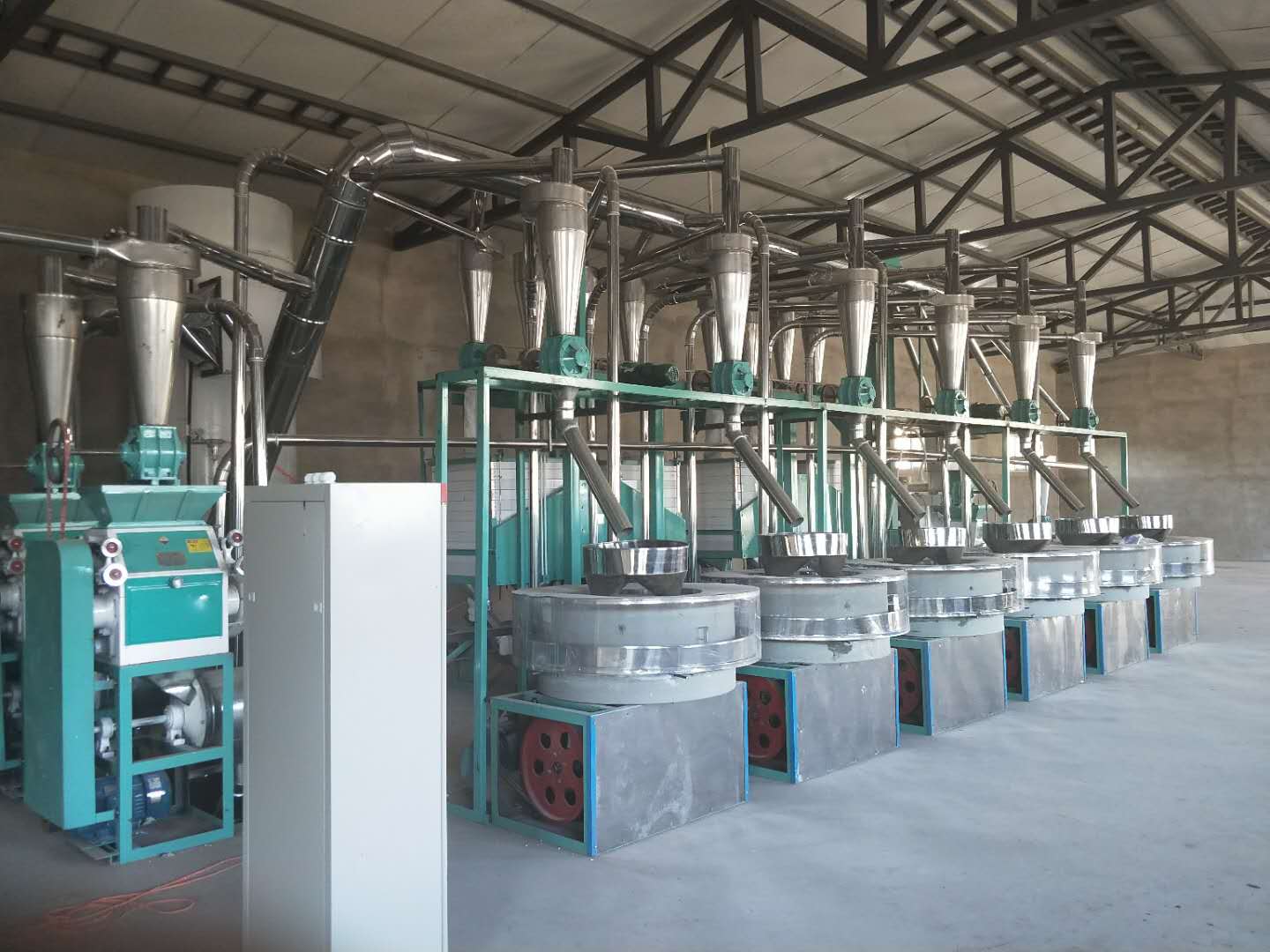The main source of crop yield is the conversion of photosynthetic energy from leaves to stored energy and material, and the leaf area and chlorophyll content are two important factors affecting the rate of photosynthesis. It is generally believed that the greater the leaf area, the higher the chlorophyll content and the faster photosynthesis, the higher the crop yield. The reverse is also true, so leaf area meter and chlorophyll meter are very important for the determination of leaf area and chlorophyll. Today we will talk about the correlation between chlorophyll content and yield in wheat production. Chlorophyll content is closely related to the cultivation conditions, especially with nitrogen levels. Therefore, production practices often rely on leaf color to determine fertilization. The chlorophyll content changes with the birth process, and the initial period of birth is less, then gradually increases, and the later period of fertility decreases. It can be seen that the change in chlorophyll content is of great significance to both cultivation and high-efficiency breeding. The results of chlorophyll meter on wheat chlorophyll showed that the distribution pattern and the amount of rice transplanting had an effect on the chlorophyll content mainly in the early growth stage. The chlorophyll content of the single seedling inserted during the spikelet differentiation stage was significantly higher than that of the three seedlings. It is determined by the characteristics of the varieties, and because of low levels of chlorophyll in the hybrid rice lines Liaoyou 3225 and Tiyou 418, it ultimately affects dry matter accumulation. Because different groups have different chlorophyll levels, the chlorophyll content is an important indicator reflecting the quality of the population, and it is susceptible to changes in fertilizer and water conditions. Therefore, for the regulation of cultivation, it is required that different groups have different levels of fertilizer and water supply, so that it will not cause the group to be too luxuriant and affect reproductive growth, but also create a large enough group to fully realize its production potential. However, it is not a wise move to increase chlorophyll content through the control of fertilizers and water in later growth stages. This should be achieved mainly through breeding. Maintaining a certain level of chlorophyll in the later period should be an important aspect of high photosynthetic efficiency breeding. Especially for hybrid rice, the panicles are generally larger and it is necessary to appropriately extend the duration of grain filling. Therefore, hybrid rice combinations with high chlorophyll content in the later stage of breeding can be used as a means to give full play to the heterosis. The results also showed that the chlorophyll A/B values ​​were significantly lower during the spikelet differentiation period than in other periods, but the chlorophyll A/B values ​​did not change significantly from the booting stage to the maturing stage. Some studies have shown that the coefficient of variation of chlorophyll A/B values ​​is only 4% to 8%, and the ratio of chlorophyll A/B in flag leaves is the highest among different leaf positions, and the lower the lower leaf is. The test results are not incompatible with it. The low chlorophyll A/B value during the spikelet differentiation may be due to the fact that the flag leaves have not yet been extracted and the leaves taken are inverted 2 or inverted 3 leaves, and sampling from the booting stage to maturity is The reason for the flag leaves. Chlorophyll A/B values ​​are less affected by the cultivation conditions and are mainly determined by the characteristics of the varieties. Therefore, quantitative selection of the ratio may be an important approach for high photosynthetic efficiency breeding. Of course, this kind of speculation still needs a lot of tests to prove. The stone mill flour preserves the original flavor of the wheat. All kinds of pasta made with the milling flour mill are flexible, rich in wheat fragrance and higher in nutritional value. It is a healthy and healthy food of natural green. From wheat input to flour milling machinery to flour production, the flour processing industry's production process can be roughly divided into four steps:
The low speed grinding characteristics of the mill Flour Machine also maintain the molecular structure of the flour without any additives. When the noodles are boiled, the color of the noodle soup of the flour is pale yellow, and the other flour noodle soup with additives is white. Long term consumption is beneficial to the human body.
Mobile Phone: +8613153736907 +8613153738637
Wechat:+8615864124409
Address: No. 024, Quan Fulu West, Surabaya County, Jining, Shandong
Country: China
If you have any questions, please contact with us directly. Welcome you can visit our Factory.For inquiry,Please send mail directly to us. Stone Mill Flour Machine,Large Stone Mill Machine,Stone Milling Machine,Grind Flour Machine Shandong Hengyi kaifeng Machinery Co.,Ltd , http://www.xhykf.com
The first step is to clean up the impurities. Wheat into the high efficiency combination grain screen, using a plane rotary screen to remove the soil in wheat, the use of magnetic separator to remove metal impurities, the use of gravity classifier to remove stone and inferior wheat.
Second step cleaning and drying. The wheat is added into the wheat washing machine, and water is injected and dried to further clean the impurities.
The third step is to moisten the wheat. The wheat will be washed again into the wheat machine warehouse, moistening for about 10 hours (wetting 1%).
Fourth steps to make powder. The cleaned wheat was put into the grinding machine, and after repeated grinding, the wheat bran and flour were separated.
